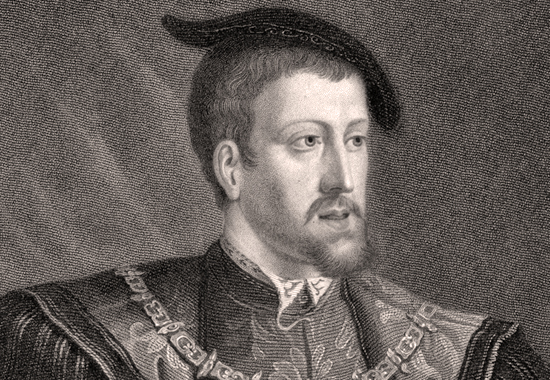

Charles, who had awarded Ferdinand the Austrian duchies in 1521, delegated increasing authority to him in Germany, which was then torn.

His brother Ferdinand, king of Bohemia and Hungary (later Holy Roman Emperor Ferdinand I ), was elected king of the Romans, or German king, in 1531. Early Modern Dynastic Marriages and Cultural Transfer examines these marriages as important agents of cultural transfer, emphasizing how marriages could lead to the creation of a cosmopolitan culture, common to the elites of Europe. This resolutely luxurious hotel in Paris, located between the Seine and the rue Saint-Antoine, the Charles V has been designed as an elegant Gustavian residence. Charles was the last German emperor to be crowned by the pope. Separated from their family and thrust into a strange new land in which language, attire, religion, food, and cultural practices were often different, these young aristocrats were forced to conform to new customs or adapt their own customs to a new cultural setting. Marcus, MBBS, is an Assistant Professor in the Department of Radiology and Imaging Sciences at Emory University School of Medicine in Atlanta. Until now, historians have viewed these unions from a primarily political viewpoint and have paid scant attention to the personal dimensions of these relocations. Queen Jeanne de Bourbon was a cousin-wife to King Charles V of France known as the Wise (le Sage). Because of these marriages, many more aristocrats (especially women) left their homelands to reside elsewhere. Other European rulers followed the Habsburgs' lead in forging ties through dynastic marriages. Toward the end of the fifteenth century, the Habsburg family began to rely on dynastic marriage to unite an array of territories, eventually creating an empire as had not been seen in Europe since the Romans. Charles V inherited a vast empire that stretched from one end of Europe to the other.


 0 kommentar(er)
0 kommentar(er)
